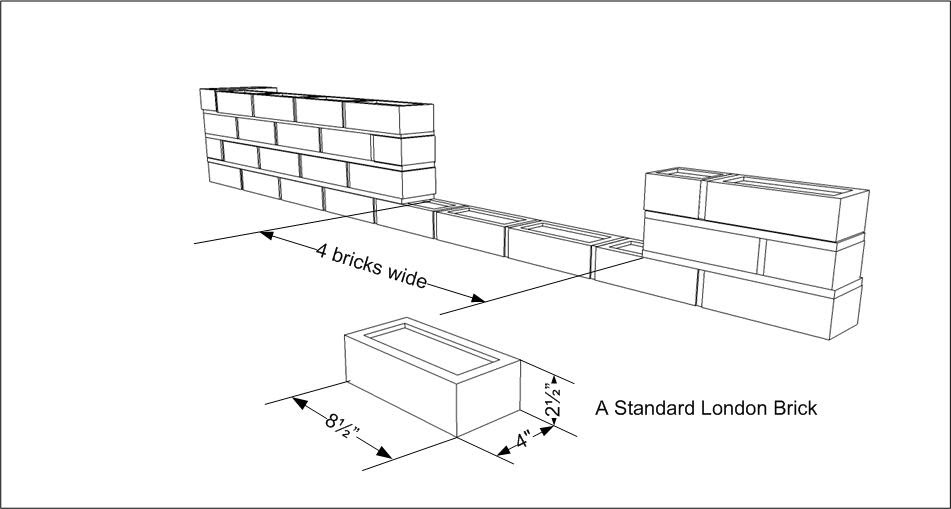dunbarhamlin
Established Member
The average drongo on the street today needs a calculator to use base ten.
Thirty years ago all and sundry used and converted between base 12, base 14, base 16, base 20 and more without furrowing a brow.
(Oh - and one is hoist by a mine (petard) - not caught by it)
Thirty years ago all and sundry used and converted between base 12, base 14, base 16, base 20 and more without furrowing a brow.
(Oh - and one is hoist by a mine (petard) - not caught by it)

































